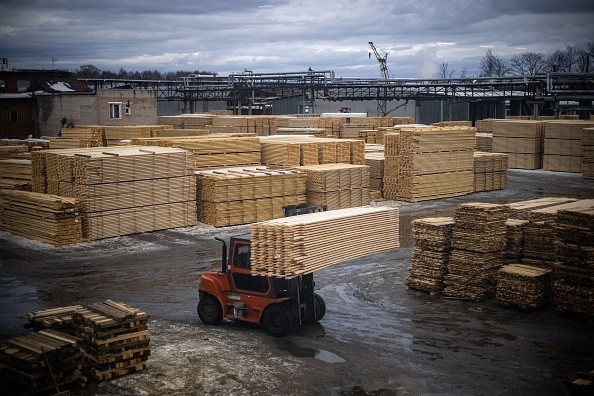According to a new study by Leiden University researchers, carbon emissions from construction materials would continue to rise if something urgent isn't done about it.

Carbon Emission
The researchers include in their Nature Communications publication that even with known measures performed in concert, these emissions are substantially greater than the remaining 1.5 degree budget for building materials at today's share.
Materials for the construction industry accounted for 11% of global energy and process-related emissions in 2018. The building industry uses over half of all global concrete, brick, and steel. It is projected that these emissions would rise.
"As the last remaining areas of the world with growing people need housing and increasing income drives a need for bigger homes, there will be a quick need for shelter in the future," says Ph.D. candidate Xiaoyang Zhong, the study's principal author.
"As a result, materials like concrete, steel, and glass emit enormous amounts of carbon dioxide."That's why we decided to look at the sector's expansion and how we can reduce its emissions."
Ways to Limit Emissions
The research team looked at how construction would develop around the planet by 2060. The future greenhouse gas emissions in this situation were then computed.
Steel, concrete, brick, aluminum, copper, glass, and wood requirements were calculated for eight different types of buildings, ranging from townhouses to high-rise apartments, warehouses to offices. The researchers also looked into seven measures to reduce emissions, including living in smaller dwellings, utilizing lighter materials, and using wood rather than concrete in construction.
They discovered that if individuals experienced a 20% drop in floor area for each person from a reference case where homes becomes bigger as wealth develops, a third of emissions might be averted.
Zhong says, even when all of the solutions are in place, they still discovered an amount of emissions by 2060 that one should worry about. According to today's share, they are more than twice the existing budget that is remaining for building material emissions.

Emerging Technologies
"That's why it will help to have new technologies as well as circular economy approaches and behavioral changes. It's the only way to meet climate targets," Zhong added.
Leader of the study, Paul Behrens, said decarbonisation of this sector isn't easy for some reasons.
Behrens believes that some emerging technologies are currently available. He said he believe that carbon dioxide injection technologies, such as those developed by CarbonCure, will be extremely beneficial.
Another point of interest is that some regions of the world, such as South East Asia and Africa, will continue to urbanize while others, such as Europe and East Asia, will decline.
This is why a greater international collaboration will be needed on repurposing resources all over the world, Behrens says, so that what is available can be utilized.
Related Article : Scientists are Saying that Removing CO2 from the Atmosphere is "No Longer Optional"
For more news, updates about carbon emission and similar topics don't forget to follow Nature World News!
© 2025 NatureWorldNews.com All rights reserved. Do not reproduce without permission.





